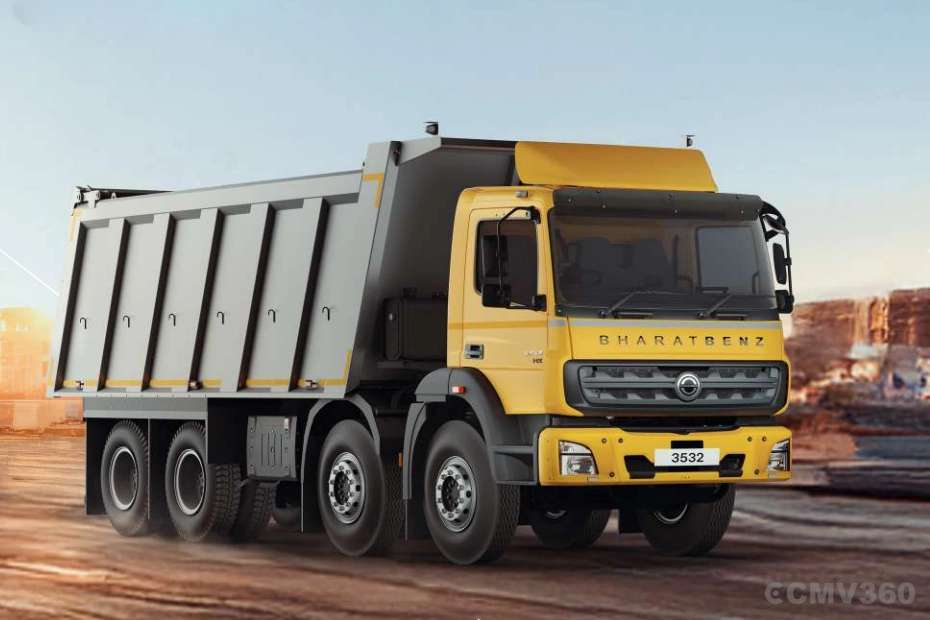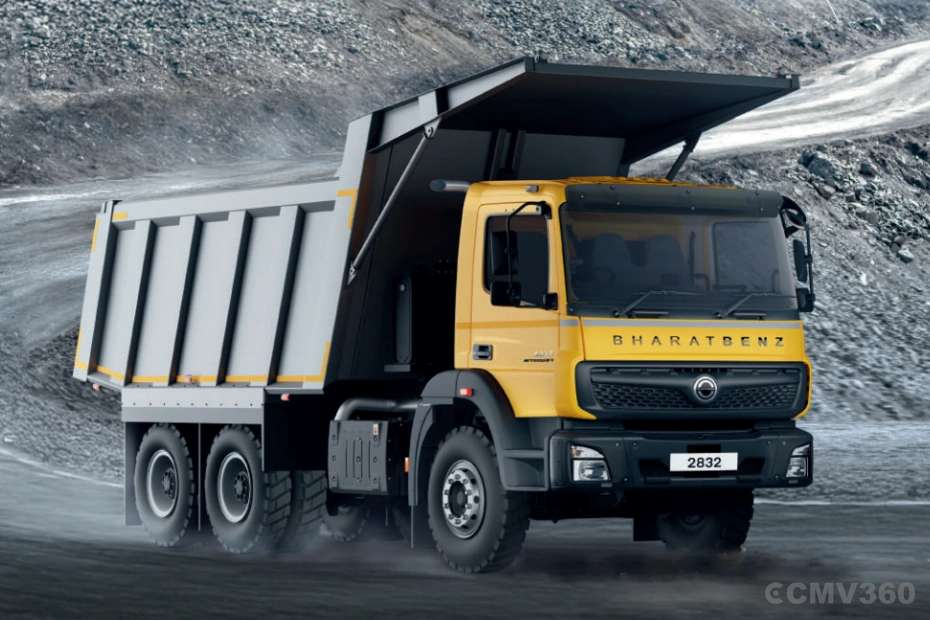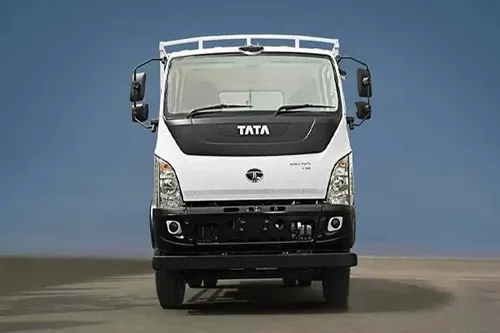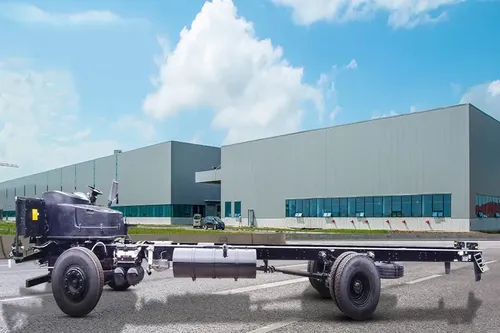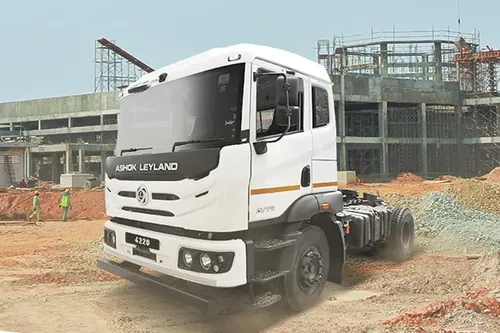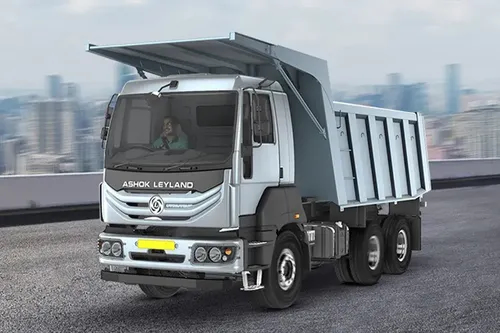Ad
Ad
How to Grow Sweet Potatoes in India: A Complete Guide for Beginners

Do you love sweet potatoes? If yes, you’re not alone. Sweet potatoes are one of the most popular and nutritious crops in the world and are rich in carbohydrates, fibre, vitamins, minerals, and antioxidants. They are also easy to grow, as they can adapt to various soil and climatic conditions and require minimal inputs and maintenance.
India, one of the largest known producers and consumers of sweet potatoes in the world, has an annual production of 1.5 million tonnes. However, there is still a huge potential to increase the area, yield, and quality of sweet potato cultivation in India, as well as to diversify its uses and markets. This can help improve the food security, income, and livelihoods of several farmers and consumers in India, especially in the rural and tribal areas.
Steps to Successful Sweet Potato Farming-
In this article, we will guide you through the step-by-step process of growing sweet potatoes in India, covering the basics of sweet potato farming.
Planting- From Preparing to Caring
Planting is one of the most important steps in sweet potato farming, as it determines the quality and quantity of the tubers. To ensure a successful planting, you need to follow these steps:
- Prepare the soil: Sweet potatoes grow best in sandy loam soil with a pH of 5.8-6.7. Plough the soil 3-4 times, remove weeds, and add compost or manure.
- Plant the slips: Slips are sprouts from tubers. You can buy them or make them by putting tubers in water or sand. The slips should be 20-25 cm long with 3-4 leaves. Plant them in ridges and furrows 30 cm high and 60 cm apart. Leave 20-25 cm space between slips in furrows or cut slips into pieces and plant them horizontally, 10-15 cm apart.
- Care for the plants: Sweet potatoes need little care, but you should weed and mulch the field. You can also train the vines on ridges or trellises to avoid soil contact and rotting.

Irrigation: Avoid overwatering or underwatering
Irrigation is the process of supplying water to your crops to meet their water requirements. Sweet potatoes are a drought-tolerant crop, but they still need adequate and timely irrigation to produce high-quality and high-yielding tubers. More water can help the growth, development, and quality of your sweet potatoes. Therefore, you need to follow these tips for irrigation:
- Monitor the soil moisture: Check the soil moisture regularly with the feel test. Squeeze a handful of soil from the root zone. If it forms a ball that does not crumble, the soil is wet and does not need water. On the other hand, if it forms a ball that crumbles easily, the soil is moist and needs water soon. In addition to this, if it does not create a ball and feels dry, the soil is dry and needs water immediately.
- Schedule the irrigation: Irrigate according to the soil type, the climate, the growth stage, and the sweet potato variety. Water more in the initial and final stages and less in the middle stage.
- Choose the irrigation method: Pick the best way to water your crops, such as surface, sprinkler, or drip irrigation. Consider both pros and cons of each method and your situation and budget.
Fertilization: Boost Growth and Quality
Fertilization is the process of supplying nutrients to your crops to meet their nutritional requirements. Sweet potatoes are a moderate feeder crop, but they still need adequate and balanced fertilization to produce high-quality and high-yielding tubers. Less fertilizer can affect the growth, development, and quality of your sweet potatoes. Hence, you need to follow these tips for fertilization:
- Test the soil: Check the soil before planting with a kit or a sample. The test will tell you the pH, organic matter, and nutrients of your soil and the fertilizer you need.
- Choose the fertilizer: Pick the fertilizer based on the soil test, the sweet potato variety, the growth stage, and the organic or inorganic sources. Sweet potatoes need more nitrogen and potassium than phosphorus and some micronutrients like boron, zinc, and manganese. You can use organic or inorganic fertilizers or both.
- Apply the fertilizer: Use the fertilizer in two or three doses, depending on the type and form.
Pest and disease management: Using organic methods
Pest and disease management is the process of preventing and controlling the damage caused by pests and diseases to your crops. Sweet potatoes are susceptible to various pests and diseases, such as weevils, nematodes, caterpillars, aphids, mites, leaf spots, scurf, wilt, and rot. These pests & diseases can lower the yield and quality of your sweet potatoes and even destroy your entire crop. Therefore, you need to follow these tips for pest and disease management:
- Use healthy planting material: Choose pest-free and certified tubers or slips. Avoid tubers or slips from infested fields or sources.
- Practice crop rotation: Grow different crops in the same field in order. Break the pest and disease cycle and improve the soil.
- Maintain field hygiene: Keep your field clean and tidy. Weed regularly and remove and destroy infected or damaged plants or tubers.
- Use organic methods: Control pests and diseases with natural or biological means. Avoid synthetic chemicals or pesticides.

Harvesting: How to harvest at the right time
Harvesting is the process of collecting your crops from the field when they are ready. When the leaves turn yellow and dry, and the tubers reach the desired size and shape, sweet potatoes are ready for harvesting. The harvesting time depends on the variety and the purpose of sweet potatoes, but generally, it ranges from 90 to 150 days after planting. To ensure a successful harvesting, you need to follow these steps:
- Prepare the tools and equipment: Get the right tools and equipment for harvesting sweet potatoes, such as a spade, a fork, a basket, a tarp, and a scale. Also, get a transport vehicle, such as Solis N90 tractor, a cart, or a truck, to carry your sweet potatoes to the storage or the market.https://www.youtube.com/watch?feature=shared&v=qoskJL-Jkj0
- Dig the tubers: Dig the tubers gently and carefully without hurting them. Use a spade or a fork to loosen the soil around the tubers and lift them by hand or with a hook. Avoid digging too deep or too shallow, or in wet or muddy soil, to prevent breaking or rotting the tubers.
- Sort and grade the tubers: Sort and grade the tubers by their size, shape, colour, and quality. Use a basket or a tarp to collect and separate the tubers. Discard or use the damaged, diseased, or malformed tubers for animal feed or compost. Keep healthy, uniform, and marketable tubers for human or industrial use. Weigh and label the tubers with the variety, the date, and the destination.
Storage: Extend their shelf life
Storage is the process of keeping your crops in a safe and suitable place until they are used or sold. Sweet potatoes are a perishable crop, but they can be stored for several months if proper conditions are maintained. The storage conditions depend on the purpose and the duration of storage, but generally, they require low temperature, high humidity, and good ventilation. To ensure proper storage, you need to follow these tips:
- Cure the tubers: Heal the wounds and cracks on the tubers and form a skin layer. This prevents moisture and nutrient loss, infection, and decay. Cure the tubers for 7-10 days after harvesting in a dark, warm, and humid place, such as a shed, a pit, or a chamber. The curing conditions should be 25-30°C, 85-90% humidity, and good ventilation.
- Store the tubers: Preserve the tubers for a longer time in a cool, moist, and dark place, such as a cellar, a barn, or a warehouse. The storing conditions are 10-15°C, 75-80% humidity, and good ventilation. Additionally, avoid exposing the tubers to light, heat, or frost or storing them with other fruits or vegetables, such as apples, bananas, or onions. This can make them sprout, fade, or rot, or change their flavour.
- Monitor the tubers: Check the tubers every 2-3 weeks for spoilage or damage. Remove or use any tubers that sprout, fade, rot, or have insects. Do not forget to maintain and adjust the storage conditions if needed.Lastly, by following the above guide, you can start your sweet potato farming in India and enjoy the benefits of this amazing crop. Sweet potatoes can not only provide you with food and income but also improve your soil health, crop diversity, and food security. They can also contribute to the sustainable development of the rural and tribal areas where sweet potatoes are widely grown and consu
Features & Articles
Tata ACE Pro Truck: One Truck, Three Power Options, Endless Possibilities
Discover the all-new Tata ACE Pro mini truck, India’s most affordable versatile truck offering three power options: electric, bi-fuel, and petrol. A smart choice for gro...
01-Jul-25 07:01 AM
Read Full NewsWhich Truck Chassis Suits You Best? Types, Uses, and Choosing Tips
Explore different types of truck chassis, their features, and how to choose the right one for performance, durability, and specific transport needs....
20-Jun-25 12:30 PM
Read Full NewsTop 5 Tata Ace Trucks in India in 2025
Discover the top Tata Ace trucks in India for 2025. Here are the best 5 Tata Ace trucks in India for 2025 with details on features, fuel options, and simple tips to choos...
17-Jun-25 12:25 PM
Read Full NewsMahindra Veero in India: Go "Soch Se Aage" in 2025
Looking for a powerful, fuel-efficient truck in India in 2025? The Mahindra Veero 2025 is India’s smart pick up truck in India offering best-in-class mileage, safety, com...
16-Jun-25 12:16 PM
Read Full NewsTata 1816 LPT: One of the Best Tata Trucks in India
Discover why the Tata 1816 LPT is one of the most reliable and profitable Tata trucks in India. Explore features, specs, pricing, and key benefits for 2025....
13-Jun-25 12:45 PM
Read Full NewsTop Advanced Truck Features in India: What to Look for Before Buying a Truck in 2025
Buying a truck in India? Don’t miss these smart, advanced features. Discover the top ADAS (Advanced Driver Assistance Systems) and smart tech features to check before buy...
12-Jun-25 11:33 AM
Read Full NewsAd
Ad







